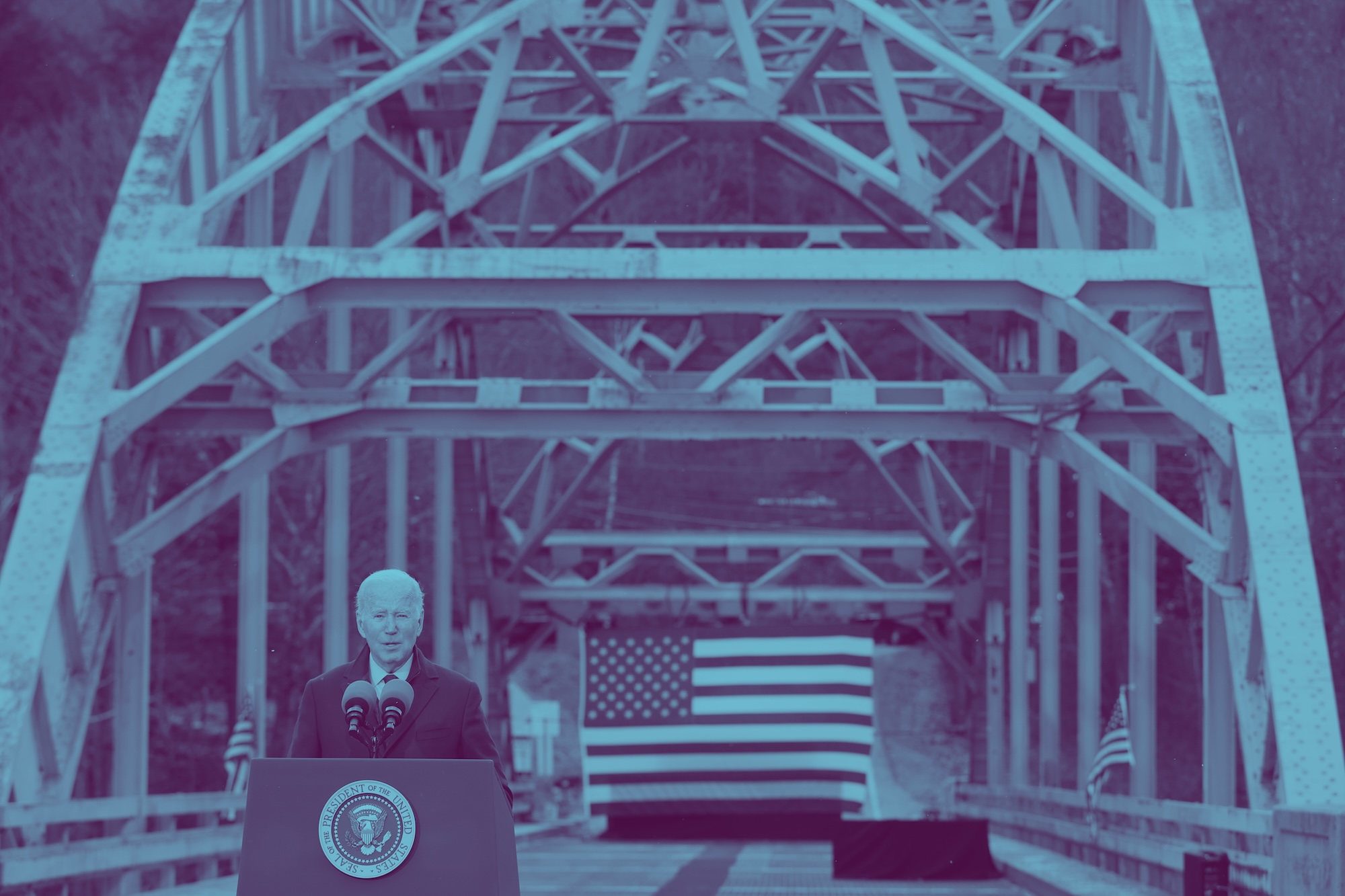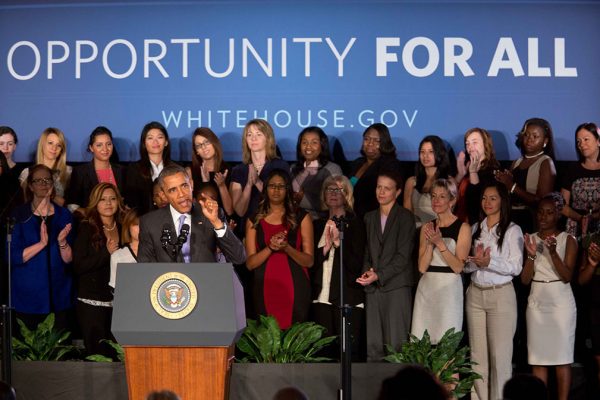If Jacob Hacker and Paul Pierson were inclined to invent an imaginary political figure to prove their thesis, I am not sure they could do better than me. As a representative of Silicon Valley and a former co-chair of Bernie Sanders’s campaign, my career over the last seven years is an example of the U-shaped politics that Hacker and Pierson posit is possible for the Democratic party. I represent one of the richest districts in the nation—$10 trillion of market cap between Apple, Google, Tesla, Nvidia, and about thirty other companies. At the same time, I have embraced an agenda of Medicare for All, free public college, child care at $10 a day, progressive taxation, and a living wage. Sanders also carried my district in the 2020 Democratic primary in California over Biden, Michael Bloomberg, and the other more moderate candidates.
What then explains the success of my politics in my district? Why would a large number of affluent voters support policies that are focused on helping working-class and middle-class Americans have a better shot at economic opportunity? Why, moreover, has my district celebrated my initiatives to invest in economic projects far away from home—in rural communities and deindustrialized towns, and in Black and Brown communities that have not had the same prospects for intergenerational wealth generation?
Hacker and Pierson are right that many of the affluent voters recognize that the investments in child care, health care, education, housing, transportation and climate will improve the quality of life for our community as a whole. Voters in the upper middle class still believe that costs are too high for the big-ticket items in American life—most saliently child care, housing, college, and health care, and that their own families would benefit from more robust public investments. In my district, even households with an income of $250,000 feel some level of stress about how expensive life can be in the Bay Area. So there is a broad electoral coalition for these kind of investments, much as there is a broad coalition for social security and public education. These are social investments that the vast majority of Americans see as good for their families.
There is also a recognition that vast income inequality is not good for our own community. It exacerbates issues of the unhoused and crime. It leaves many of the thriving tech companies with an inadequate workforce. And it leads to economically segregated communities that jar at the conscience of many professionals who are well aware that they are living in a place that is creating the most wealth in the world. They do not want their kids to grow up believing that such stark disparity is a sad reality of the world and seek a more “beloved community,” in Dr. King’s words, for raising a family. Voters often want to be inspired about what is possible instead of just voting their narrow interest on tax policy.
But it’s not just that voters in my district care about a better community for themselves; they care about investing in economic opportunity and revitalization of factory towns and communities that have been locked out of the modern economy. They intuitively grasp that a cohesive multiracial democracy is not possible without a modern economy that provides prosperity and security to every community in America—and that deindustrialization and the concentration of wealth has contributed to the deep divides we face in our body politic. In a self-interested sense, voters in my district know that if we don’t do better for the hollowed-out working class in towns that have been redlined or where manufacturing left, then we face a potential backlash against immigrants and also against tech itself. But in a deeper sense, they want what so many Americans hunger for—a politics of reconciliation and healing that may move this country forward. They are willing to pay higher taxes or support a bold economic agenda if it can be part of the solution of bridging some of the divides.
Why, then, has the Biden economic agenda not resonated in places where Trumpism has taken hold, and why is his approval rating now stuck in the high 30s? Hacker and Pierson are right that the partisan media environment and electorate make it harder to break through. But President Biden’s traditional model of making decisions away from the glare of the media and in D.C. has not been enough to capture the imagination of communities that are getting new factories or inspire a nation toward a common economic mission. We have failed, moreover, to make the case that these policies will lead to economic growth and dynamism even though the investments in the jobs of the future have. Politics is as much about winning the narrative argument and invoking symbols that move people as implementing the correct policy.
Finally, we have not empathized enough with the real cynicism, frustration and loss that many voters feel about the American dream. Voters may understand a failure to get the minimum wage increased or to implement the bulk of the BBB agenda because of the narrow majorities and filibuster in the Senate. But they will continue to give us a chance only if they are convinced that we share their commitment to seek transformative change, will continue to fight for it with everything we have, and will not lick our wounds and default to a small-ball politics of normalcy that has failed the American working and middle class for decades.
Boston Review is nonprofit and relies on reader funding. To support work like this, please donate here.






